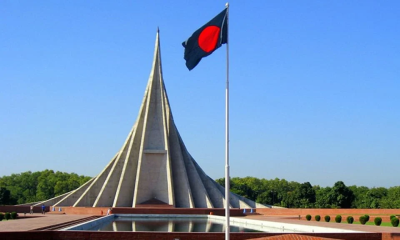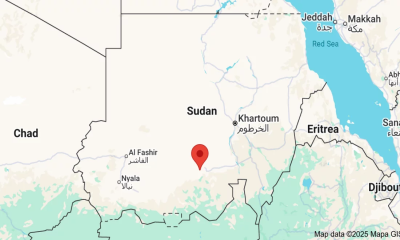At least 39 people have been killed in Nepal following landslides and flash floods caused by relentless heavy rainfall over the past 36 hours, authorities said on Sunday.
The torrential downpour has destroyed roads, swept away bridges, and left several areas isolated, according to a report by The Kathmandu Post.
Data from the Armed Police Force Headquarters in Kathmandu confirmed that 36 deaths occurred in Koshi Province and three in Madhesh Province. Nationwide, 11 people remain missing and 13 others have been injured.
Among the casualties, 27 people died in landslides in Ilam, where five more remain missing. Two people were killed and one injured in Udayapur due to floods and landslides. In Khotang, a lightning strike killed one person and injured three others, while two more were hurt in Bhojpur.
In Panchthar, a road accident claimed six lives, leaving another six injured. In Madhesh, three people were struck and killed by lightning in Ranirhat. Elsewhere, one fatality was reported in Bara, four in Rasuwa, and one in Kathmandu after being swept away by a river. In Makwanpur, one person sustained injuries from lightning.
Nepal Police spokesperson Vinod Ghimire said that 11 people have been swept away by floodwaters since Saturday and remain missing. Shanti Mahat, spokesperson for the National Disaster Risk Reduction and Management Authority (NDRRMA), said rescue operations are ongoing across the affected regions.
Authorities reported that landslides and flooding have blocked multiple highways, with some sections washed away entirely, leaving hundreds of travelers stranded. Rinji Sherpa, spokesperson for Kathmandu’s international airport, said domestic flights have been severely disrupted, though international services remain operational.
In southeastern Nepal, the Koshi River is flowing above the danger level, officials confirmed. The river, which often causes devastating floods in India’s Bihar state, has now doubled its usual flow. Dharamendra Kumar Mishra, chief of Sunsari District, said that all 56 sluice gates of the Koshi Barrage have been opened, compared to just 10–12 during normal conditions. Authorities are also preparing to ban heavy vehicle movement in vulnerable zones.
In the Kathmandu Valley, several rivers have overflowed, submerging roads and homes and cutting off the temple-dotted capital from other parts of the country.
Nepal experiences deadly floods and landslides every year during the monsoon season, which typically runs from mid-June to mid-September. The Department of Hydrology and Meteorology has warned that rainfall is likely to continue across the country until Monday. Authorities say they are maintaining maximum alert and taking emergency measures to assist affected communities.


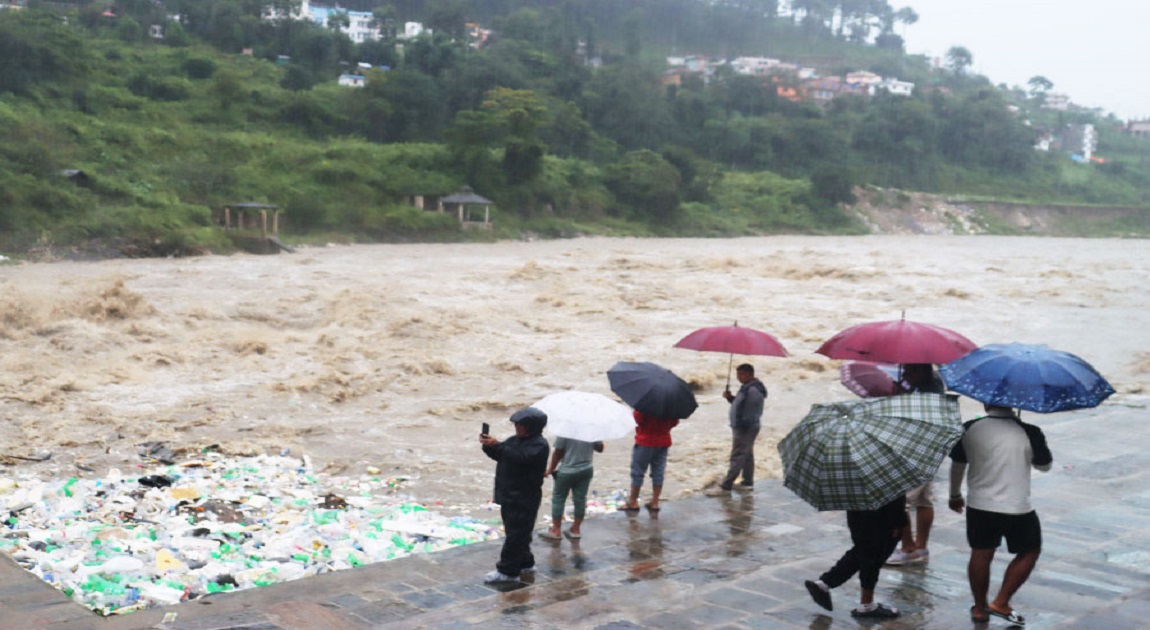



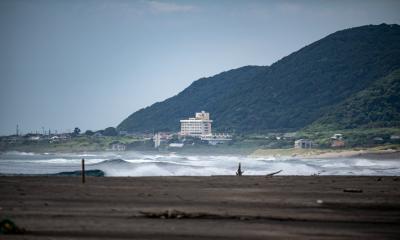


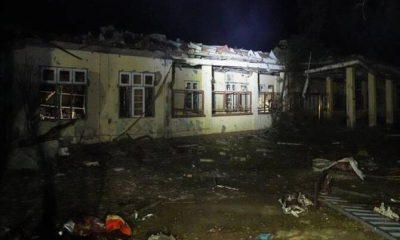
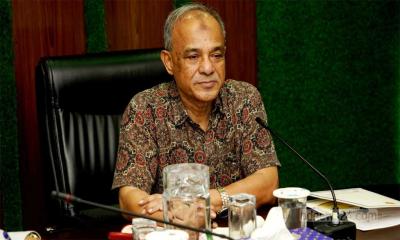
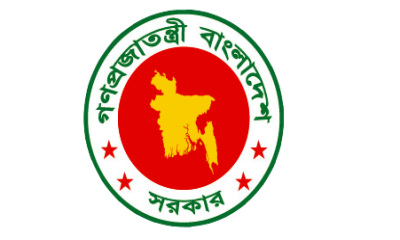

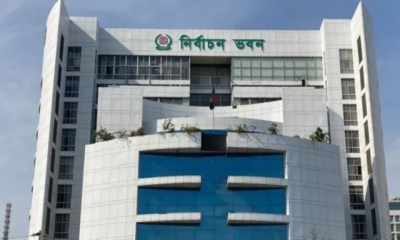
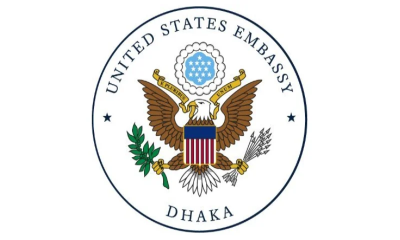
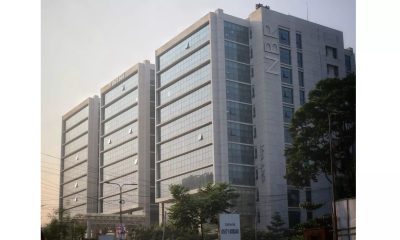
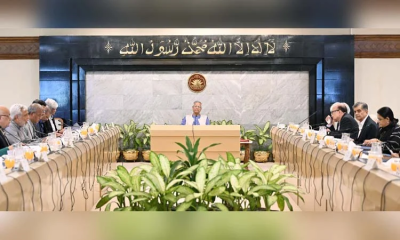


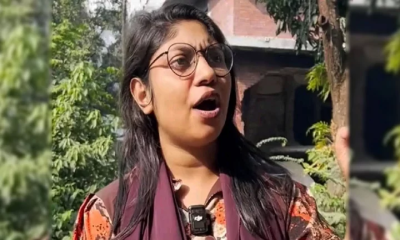


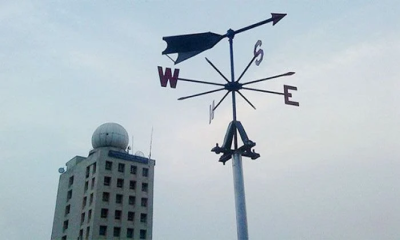
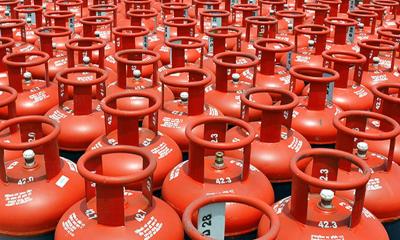


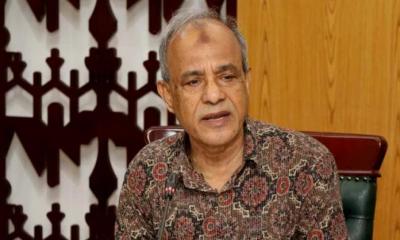
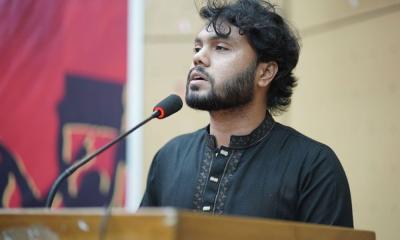

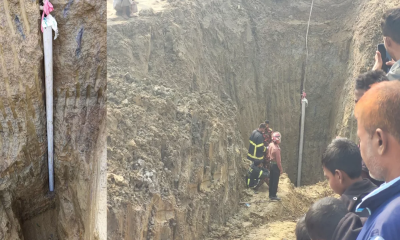


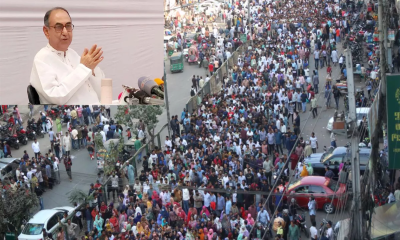
-20251216054240.jpeg)
